Researchers at Livermore and the University of California, Santa Cruz have created 3D-printed supercapacitor electrodes capable of achieving record-breaking performance.
Science and Technology Highlights

Livermore and University of Washington scientists conclude that it is too early to rule out severe global climate change.
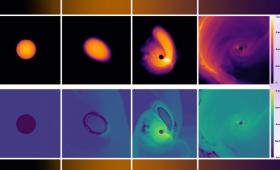
Remnant cores of burned-out stars could be the key to finding the most elusive class of black holes.
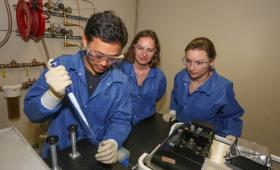
For the first time, researchers have developed a way to determine how many cancer cells it takes to initiate a tumor in another part of the body.
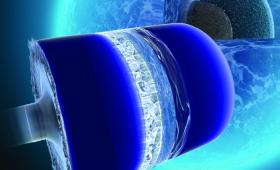
A team of theorists from Livermore has solved a long-standing puzzle in the nucleation of a high-pressure phase of ice known as ice VII.
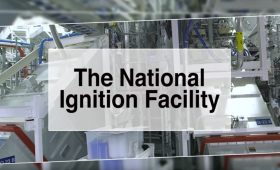
Take a peek inside the National Ignition Facility, the world’s largest and most energetic laser, to see how we develop and execute some of the most complex experiments conducted anywhere.
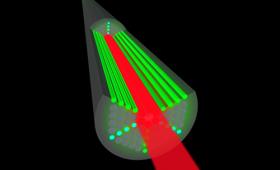
LLNL has received two significant awards that will help advance the next stage of developing fiber-optic cable technology.





